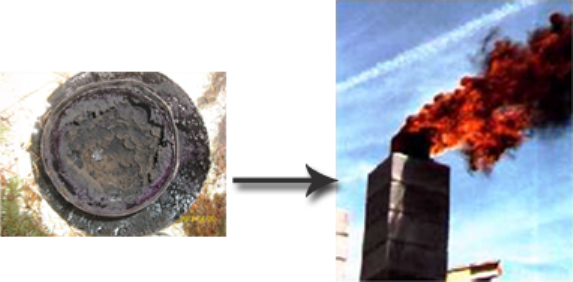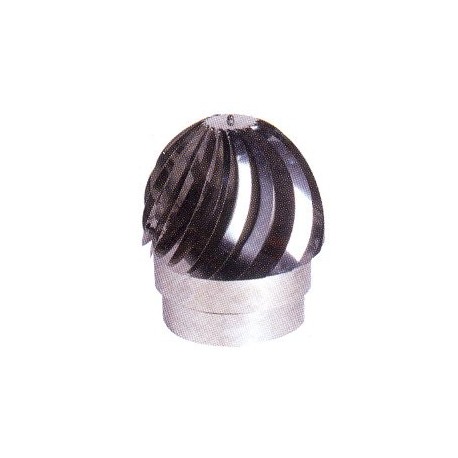Why does my chimney smoke?
The burning of wood, charcoal or gas involves oxygen consumption. It is of the utmost importance that the room in which the stove is installed should be sufficiently ventilated. Lack of oxygen may disrupt the combustion process and result in smoke emissions into the room. If necessary install a ventilation grille to provide a constant flow of fresh air into the area closest to the fire.
The latest stoves and fire inserts usually have an air entrance to the rear for direct connection to the exterior.
Ensure NOT to use other air consuming devices such as fan heaters, cooker hoods or bathroom ventilators; or make sure to have extra air grilles for these appliances.

To function properly, the chimney should be at least 4m-5m in overall height not counting any bends. Only 45 degree bends should ever be used to change direction. Where the flue projects above the roof, the chimney should be at least 1m tall, and at least 60cms higher than anything within 3m of it-including other buildings, trees, etc. If your fireplace smokes because your chimney is too short, the problem is usually worse when the wind blows.

Solution- Having the chimney swept will either correct the problem or highlight where and what the blockage could be. The chimney sweep can then advise on what work will then be necessary.
Cold air up the chimney.
Solution- if the fire hasn’t been lit for a while, the air up the chimney can get cold. Cold air is heavy and if the flue isn’t heated quickly enough, the cold air will force the smoke back into the room. A galvanized metal flue liner is essential as it heats up much quicker therefore helping prevent downdrafting.
Downdraught.
Solution- downdraught is a brief flow of air down the chimney resulting in puffs of smoke interfering with the wind flow. To help with this problem, a cowl can be fitted on the pot. It is advisable to ask your chimney sweep which type of cowl to use as there are many different designs suited for the different problems. If the incorrect cowl is fitted, it may make the problem worse being pushed back into the room. One reason for downdraught is that the chimney stack has been built too short and another could be trees, buildings or other large high objects in proximity to the dwelling.
What are the benefits of a wood burner over a open fire?
More and more people are realising the benefits of having a stove fitted instead of a open fire. The reasons for this is a stove or fire insert is far more efficient, uses less fuel and gives much more heat in to the room. The average open fire when lit is around 90% efficient this mean that 10% of the heat created comes out into the room and 90% goes up the chimney and out of the house. Where as a good stove or fire insert can be up to 90% efficient that is 90% of the heat coming back into the room and only 10% going up the chimney stack. The other down side to a open fire is that when you’re not using the open fire, heat from the house is still rising up the chimney and out of the house and cold air is then brought back in to the house from outside to replace it by the way of draughts. You can lose up to 40% off your central heating this way. With a stove or fire insert you can close the doors and shut the vents so warm air is not being lost up the chimney when not in use.
An exposed chimney flue pipe cools the flue gases rapidly and the draft is never as good as it is in a well protected flue. If the fire has been out for some time, the chimney draft may well be reduced sufficiently to cause smokiness in the room. If the fireplace is not in use, this will result in a cold draft entering the room as if a window is permanentlyopen.
Uninsulated cast-iron or other single wall flue pipes should never be used outside a house as a chimney. The severe chilling of the flue gases, particularly when an appliance is burning slowly, not only results in unsightly condensation tar runs, but more seriously reduces the flue draft so much that dangerous fumes may be emitted from the appliance because there is little or no draft to carry them away.
Fixing downdraft issues

To fix these we would use a range of products including an anti-downdraft cowl, a spinning cowl or a cap for fires that are not used.
